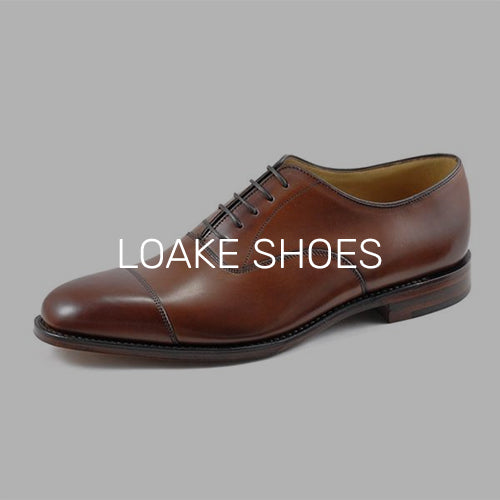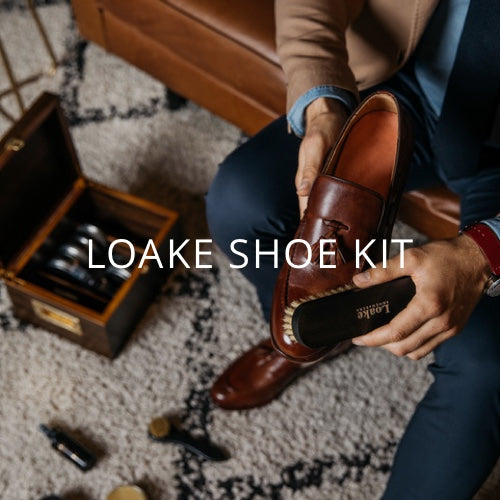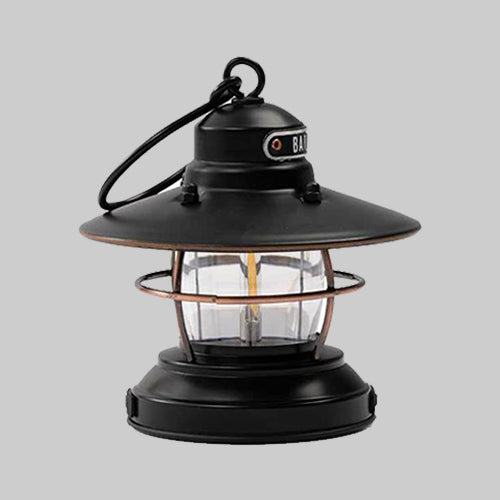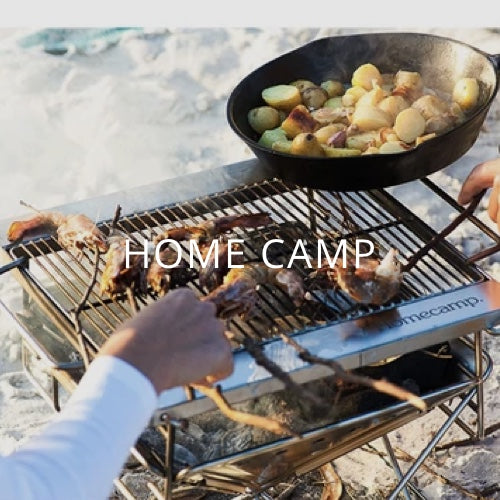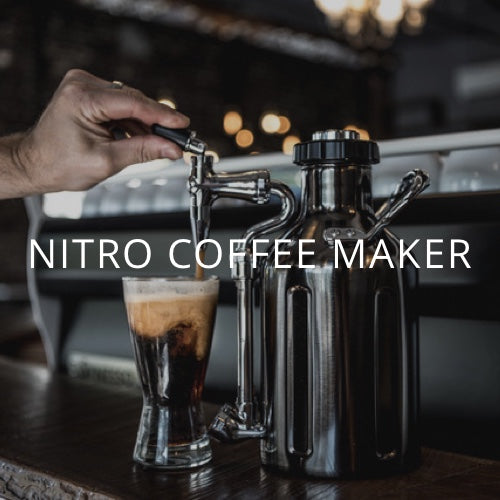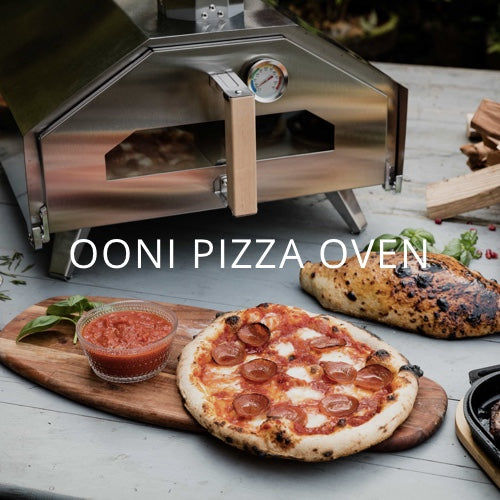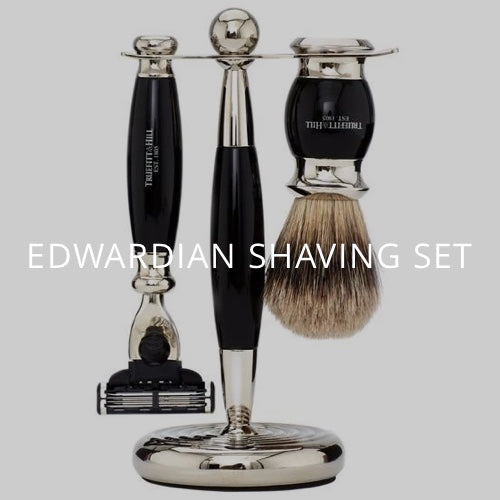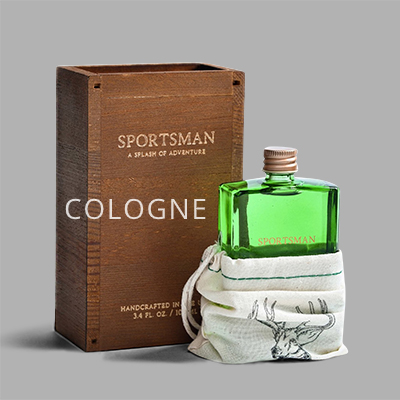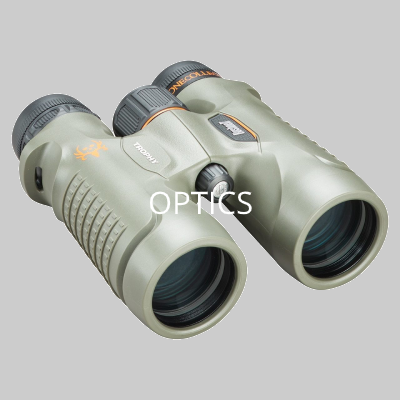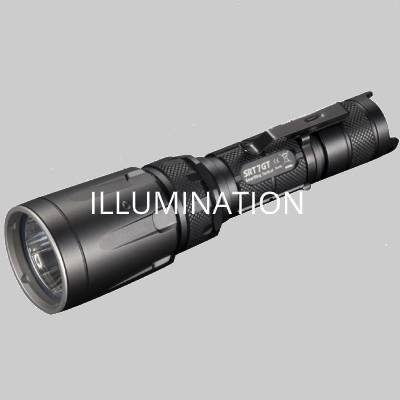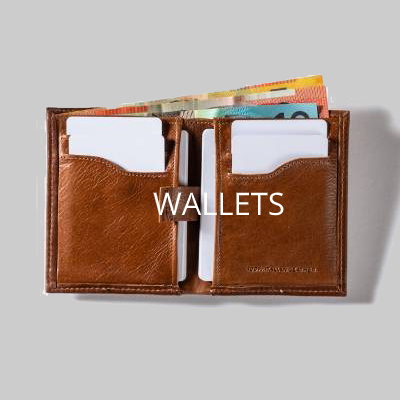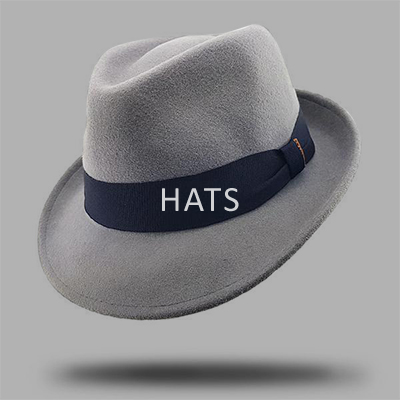Ihr Warenkorb ist leer
1916 private soldier, Battle of the Somme (above)
1 Hob nail boots
2 Puttees (for binding trousers around lower legs)
3 Socks
4 Shirt and vest
5 Gas mask container
6 Gas mask
7 Non Commissioned ranks hat
8 Notebook and service warrant card
9 Battledress tunic – note stripes on sleeve denote rank
10 Mess tins
11 Tin opener and can of food, appears to be tinned stewed apple
12 Oxo cubes
13 Bar of chocolate
14 Bar of soap
15 Water flask
16 Belt
17 Leather belt with leather pouches for kit
18 Haversack
19 Longjohn under garments, battledress trousers and braces
20 Boot polish and two brushes
21 Blankets
22 Dog tags – imprinted with name, rank and service number
23 Trench club – for breaking heavy ground for trenching into and for fighting the enemy at close quarters
24 Entrenching tool handle; often the handle was customised with lumps of metal and made into a trench club
25 Leather pouch for entrenching tool
26 Field dressing
27 Cigarettes and matches
28 Mess kit containing knife, fork spoon, shaving brush, soap and brass button polisher (slid underneath battledress button to protect BD from polish)
29 Polish
30 Razor
31 Gun oil
32 Cloth for pull-through for cleaning barrels internally
33 Bullet
34 Ammunition belt, containing clips of bullets
35 Penknife and pull through cord
36 Entrenching tool spade; sometimes soldiers sharpened the edges of the spade and used these to fight
37 Lee Enfield 303 bolt action rifle. It was developed at the beginning of the twentieth century as an attempt to create a standard rifle for both the infantry and soldiers on horseback. As it turned out it was ideally suited to conditions in the trenches – it wasn’t good at firing over long distances, but was really robust and could stand up to the mud. It was still used right up into the 1950s.
38 Bayonet – to be attached to fore end of rifle
39 Helmet – with cover
40 Fob watch, personal effects. Officers tended to have pocket watches more so than infantry soldiers
41 Coins – possibly local francs or similar, personal effects
42 Scabbard for bayonet, worn on leather belt around waist over hip
43 5 round ammunition clips – ready to load magazine of 303 rifle 1944 lance corporal, Parachute Brigade, Battle of Arnhem
-------------------------------------------------------------------------------------------

1244 mounted knight, Siege of Jerusalem
1 Gonfanon – a banner that was used after the Norman conquest and displayed on the end of a spear or flag pole
2 Kettle helmet - broad brimmed with lots of ventilation and good visibility
3 Helmet with a curved face plate, which came into use after the Siege of Antioch, which took place during the First Crusade in 1097 and 1098
4 Sword belt
5 Shield with a flat top
6 Necklace
7 White cloth with a snip for cutting small items, a leather box of needles and a roll of thread fire steel a flint and tinder for starting a fire
8 Wooden bowl and cup, ceramic cup and a wooden spoon
9 Knife and sheaf for cutting food. There were no forks in this time period – people used spoons to eat soup or porridge, and a knife to eat meat
10 Water bottle made of leather and soaked in pitch
11 Script bag
12 Leather boots– finished just below the calf with the laces wrapped around boots
13 Gauntlet – leather gloves
14 Linen Shirt
15 Socks – made using the technique nålebinding, where long lengths of wool are woven into long thin braids, starting at toe
16 Battle dress – red tunic worn next to the body; linen canvus padded jacket, chaine maille and blue and yellow surcoat
17 Belt – made using the technique of tablet weaving, a very archaic form of weaving
18 Rosary beads
19 Belt
20 Woollen cloak shaped like semi circle - waterproof and wind proof and used for travelling
21 Glaive - a new invention for the time, the weapon was originally made from a broken sword with a new piece of wood welded on
22 Sword
23 Dagger
24 Crescent-shaped axe
25 Flanged mace
26 Thigh-length, sleeveless leather vest, which buckled down back and had metal plates inside. This was top of the range body armour for the period
28 Maille to cover the legs and linen covering that went to the mid thigh - in this time period trousers don’t yet exist so the pieces of material covering the leg and groin are two different pieces
27 Straps to attach maille legs
-------------------------------------------------------------------------------------------

1485 Yorkist man-at-arms, Battle of Bosworth
1 Long boots
2 Hat with a pewter badge for civilian wear
3 Sallet helmet that protected the face
4 Gorget
5 & 6 Paldrons – to protect the shoulder; the left one is bigger because the left side was the defensive side
7 Bevor
8 Pouch
9 Belt
10 Coist – worn underneath the hat to absorb sweat and keep hair back
11 Left arm armour – this was heavier as it was the defensive side.
12 Black cloak – worn over civilian clothing
13 Hourglass gauntlet to protect the hand
14 Ring
15 Rosary beads
16 Money pouch
17 Sabatons – to go over long boots and protect the foot; first piece of armour to go on
18 Tassets – hang from the breast plate to protect upper part of leg
19 Back plate, covered in Duke of Norfolk’s colours
20 Breast plate
21 Cuisse covers the upper part of the leg and greave on the lower. Big wing shaped section covered the back of the joint to stop soldiers being cut behind the knees
22 Right arm made of three pieces - the upper cannon, lower cannon and coulter for the elbow; right hourglass gauntlet
23 Belt for sword scabbard
24 Hand and heart sword with a fishtail pummel – can use it with one or two hands; the sword would have a maker’s mark on the blade
25 Dagger
26 Scabbard for dagger
27 Arming jack with maille sleeves
28 Belt
29 Wooden comb
30 White linen shirt
31 Doublet with folds, indicated a high status; civilian wear. The black garment is hose with a codpiece
32 Pewter spoon, silver handled knife, pewter goblet, wooden bowl and plate
33 Case for knife
34 Scabbard for sword
35 Poleax – someone on foot would use that – smash people’s heads, bend arm so they can’t fight back. Big point at front – hammer part for banging heads
-------------------------------------------------------------------------------------------

1588 trainband caliverman, Tilbury
1 Black woollen doublet with a leather jerkin over the top; the black cloth indicated relative wealth of the soldier
2 Venetian hose
3 Petticoat – holds the trousers up (comes from the word little coat)
4 Ruff
5 White braes – underpants- and white linen shift
6 Cabaset (helmet) with a broad rim which provided good cover to face and back of neck. The helmet has cheek pieces that fold down.
7 Copintank felt hat with African imported ostrich feathers
8 Shoes
9 Gloves
10 Piece of horn
11 Costrel – water bottle
12 Scabbards
13 Drinking tankard and earthenware pot; the stated rations for army facing Armada was two pounds of beef, two pounds of bread, a pound cheese and eight pints of beer
14 Knife and pricker – forks weren’t in wide use, although Elizabeth I was using one
15 Bowl and spoon
16 Grey woollen bag with playing cards, dice and pouch
17 Rapier
18 Side sword
19 Sword belt and pouch; hanging below is a chain with a pricker and brush for cleaning the gun
20 Powder flask for priming powder – to set the gun off with
21 Powder flask for coarser powder that would go down the barrel of the gun
22 Brown pouch with a pocket gold sundial; the mirror was attached to a cord and encased in a walnut-wood ball, stuffed with sweet-smelling herbs. Usually worn around the neck
23 Fire lighting kit including flint and striker and tinder
24 Yard of match – the cord that burns to give fire to the gun
26 Worm – for clearing blockages
27 Ramrod
28 Bag of 20 caliver lead balls
29 Caliver - before Elizabeth I came to the throne in 1559 gunsmiths around the country would make the muskets used in battle to their own specifications. The new queen insisted on standardisation, and so the 20-bore caliver was introduced
30 Money bag with gold coins
-------------------------------------------------------------------------------------------

1645 New Model Army musketeer, Battle of Naseby
1 Latchet shoes - straight lasted shoes, i.e. no left or right foot
2 Stockings
3 Linen shirt and a pair of breeches
4 brown doublet; these would be the soldiers own clothes
5 Red coat issued by the New Model Army (NMA). The NMA was the first to try and standardise equipment and equip its soldiers with a standard coat. Red was the cheapest dye you could get, apart from natural grey which the Scots army had already adopted
6 Powder flask with spare gunpowder
7 Belt with bandoliers – each have a measured amount of gunpowder in
8 Satchel
9 & 10 Dagger with its sheath
11 Whetstone and to it’s left, a picker, which clears the touchhole in the musket in case of blockages
12 Matchlock Musket, which used a slow match to fire the main charge. The barrel was four feet long and fired a lead ball weighing 1/12th of a pound
13 & 14 Cards and some dice - although this was a religious army, the men still liked to play games and gamble
15 Very fine comb used for removing nits from hair
16 Lump of animal fat soap
17 Belt
18 Woollen leg ties to hold stockings up
19 Smoking pipes made from clay; tobacco was expensive, so the bowls of the pipes are very small
20 Letter from home - the army operated a fairly regular postal service to the major towns – and news-sheet (early newspaper)
21 bag for tobacco
22 metal striker and flint
23 Knife and fork - forks were a reasonably new invention and were just starting to work their way down the social scale. At the time they only had two prongs
24 Spoon
25 Drinking vessel made from horn
26 Wooden bowl
27 Leather flask lined with pitch
28 Felted woollen hat, the paper in the hat band is a religious tract. A lot of the soldiers of the New model Army were from the "low church" tradition, where sermons are the central feature of the service. Levels of literacy were quite high from soldiers recruited from London and the major towns and they would buy published sermons to read, as well as other works explaining the passages from the bible and news-sheets which were printed weekly and gave news of the war
29 Tuck – soldier’s sword
-------------------------------------------------------------------------------------------

1815 private soldier, Battle of Waterloo
1 1812 pattern Belgic Shako as worn by a centre company soldier of the Coldstream Guards during the Battle of Waterloo in 1815. It has white worsted woollen cap cords and tassels, a brass cap plate bearing a Coldstream star in the centre, a black leather cockade worn on the left hand side red and white feathered plume to indicate that the wearer is from a centre company. If the soldier was from the Grenadier Company he would wear a white plume and from the Light Company a Green plume
2 Fingerless woollen gloves
3 Soldiers red short coat bearing the rank of Corporal, it was lined with course linen and had Royal Blue facings, white worsted lace pewter buttons in two's as is the custom for the Coldstream Guards.
4 Black linen stock and leather stock worn around the neck
5 White waistcoat jacket, which had thinner sleeves than the body and would be worn under the red short coat or on its own for fatigue or off duty wear around the camp.
6 Linen shirts and under garments
7 Black painted canvas knapsack which contained all the soldiers personal equipment and possessions when on campaign, it bears the Star of the Garter with the words Coldstream Guards in the centre scroll. On the top is a rolled Greatcoat and mess tins held in place by pipeclayed buff leather straps
8 Leather cartridge box which contained 60 rounds of pre-packed ball cartridge ammunition, it has a Coldstream Guards star fitted to it and was carried on the right hip by a pipeclayed buff leather shoulder belt. Also visible is the bayonet scabbard and crossbelt worn on the left side
9 Wooden bowl containing a day’s ration of salted beef, rations would be carried in the linen haversack
10 Pewter mug
11 Hard tack biscuits and cheese, carried in the linen haversack
12 Knife, fork and spoon kept in a linen bag and a day’s ration of bread
13 Linen haversack worn on the left hip
14 Soldier's games, draughts and a board made from a piece of tent canvas, a pack of cards and a wooden yo-yo
15 Grey woollen gaiters, with leather foot straps and pewter buttons
16 Woollen socks
17 Brass sundial compass
18 Straight lasted shoes. The leather was rough side out and as they were straight lasted there was no right or left shoe; soldiers were expected to swop them around to prevent excessive wear on one side
19 Leather pouch, containing coins, dice made from flattened musket balls
20 Pocket watch on a length of woven binding
21 Wooden water canteen on a leather strap worn on the left hip
22 Washing and shaving kit
23 Small mirror in a stout wooden frame
24 Bone hair comb and bone handled toothbrush with horsehair bristles
25 Clothes pegs
26 & 27 Greased paper containing ‘black ball’, a mixture of tallow, beeswax and soot, used to polish and help waterproof shoes and cartridge box.
28 Horse hair boot brushes and bristle cloths brush
29 Wooden button stick, used to polish buttons and prevent clothing being stained in the process
30 Tin containing finely ground brick dust, which was mixed with olive oil and used as a metal polish
31 Small bristle scrubbing brush
32 Sewing kit, containing linen and sinew thread, spare buttons, wooden thimble, wooden needle case and scissors
33 Fife, a small, high-pitched instrument, similar to the piccolo
34 Wooden cartridge block used to store ammunition
35 Tin container stored below the wooden block, used to store additional packs of ammunition and spare musket flints
36, 37 & 38. Flint, steel and tinder contained in a brass case and used to light fires
39 Tin container for gun oil
40 Gun tool and worm used to strip and reassemble the Brown Bess musket for cleaning and repair, it was a simple device made up of two screwdriver heads and pointed needle used to push out the metal pins holding the barrel to the stock, screwed onto the pin is a worm which could be screwed on to the ramrod and was used to help remove cleaning cloth or unfired charges from the barrel
41 Feather spring clamp, used to remove the frizzen from the lock
42 Ramrod puller, used to remove a ramrod stuck in the barrel or stock
43 Musket flint with a scrap of notched leather and a piece of notched lead either of which would be placed around the flint and then helped secure the flint in the hammer
44 Canvas case containing spare flints, stored in the cartridge box tin
45 Leather lock stall, used to place over the frizzen to protect it and prevent accidental sparking that could fire the weapon
46 17" triangular socket bayonet which fitted onto the musket, the same fitting method was subsequently used for the modern electric light
47 Soldiers pen knife
48 Reading glasses
49 1807 British Army drill regulations and leather covered notebook
50 Brown Bess musket was in service from 1722 to 1838 - some were even shipped to the Crimea in 1854. It weighed 4.8kg and was made up of three component parts the lock, stock and barrel. It had an effective range of 100 meters but was capable of firing to 250 meters. It fired a .75 musket ball made of lead, which was contained as part of a paper tube made from Cartridge Grade paper which contained gunpowder. The soldier would remove the cartridge from the cartridge box, bite off the end to release the powder, pour a small amount into the pan and the rest down the barrel. The now empty cartridge still attached to the musket ball would then be placed into the barrel as wadding and the ramrod used to ram it down. The musket would be cocked and was then ready to fire. When the trigger was pulled the hammer containing the flint would strike the frizzen, causing sparks to ignite the gunpowder in the pan and pass through the touch hole to ignite the main charge and fire the musket ball. A well drilled soldier was capable of firing 4 shots a minute
-------------------------------------------------------------------------------------------

1944 lance corporal, Parachute Brigade, Battle of Arnhem
1 Parachute harness with parachute
2 Jump smock camouflage first issued in 1942 (the pattern was only replaced in 1980) and over smock worn when jumping
3 Toggle rope – general purpose rope
4 37 pattern battledress jacket; the patches on sleeve are for the 1st and 6th airborne division; wrist watch on the right sleeve; dog tags on the left sleeve
6 Braces
7 Gators
8 Socks
9 Standard British army issued boots
10 Gloves
11 Leather wallet
12 Camouflage scarf
13 Battledress trousers, colourless shirt, undervest and underpants
14 Aluminium mess tin, mug, water bottle and ration kit including tin of corn beef, boiled sweets and a large block of chocolate
15 Drop bag with rope attached
16 Shovel – kept in the drop bag
17 Cutlery, basic washing and shaving kit, and spare boot laces on a wash towel
18 Entrenching tool – for digging shell scrapings
19 Handle for the entrenching tool
20 Ammunition pouches
21 Belt and cross straps
22 Rifle – the Sten Mark V submachine gun was first issued in 1944 and given first to airborne troops. It was first used for D-Day, and then again for Arnhem. Underneath is the cleaning kit
23 Bayonet
24 pocket loading tool for magazine
25 Magazine
26 Bandolier with seven magazines
27 Cigarettes, matches and playing cards
28 Gas mask bag
29 Two grenades – the no 36 Mills grenade was used in the First World War and the No 69 Bakelite, which was in service from 1942 and caused less collateral damage
30 Fairbairn and Sykes fighting knife – used as a general tool – and it’s sheaf
31 Large roll gas cape
32 Gas mask – the light pack gas mask was issued from 1943-1960
33 Anti gas ointment
34 Anti gas hood
35 Eye shield for gas attack
36 Groundsheet (underneath) with a sewing kit and thimble on top
37 Maroon airborne forces beret with a parachute regiment cap badge
38 Torch
39 First aid dressing
40 Helmet – Mark II parachuting helmet issued in 1942 with a leather chin strap
-------------------------------------------------------------------------------------------

1982 Royal Marine Commando, Falklands conflict
1 High leg boots; the marines were the only service personnel to have high leg boots, the army had ankle-high boots
2 Black nuclear biological chemical (NBC) protective over boots
3 Putty– a long strip fabric wrapped around trouser leg and three pairs of socks
4 Arctic pattern mittens with waterproof outers
5 Two pairs of gloves – Northern Ireland standard issue black leather gloves and white cotton contact gloves for handling weapons in arctic conditions
6 Vests, underpants and standard issue G10 wristwatch
7 Personal items including money, cigarettes and lighter
8 Arctic parka with hood
9 Thermal lining jacket
10 Camouflage windproof trousers, green thermal trousers and ‘housewife’, a canvas pouch with spare buttons and needle and thread to repair clothes in the field
11 White lightweight nylon over suit to wear when the weather is snowing
12 Camouflage windproof jacket, green woollen jumper and shirt
13 Royal Marines beret
14 Royal Marine steel helmet with camouflage net
15 British army cold weather cap
16 Water bottle
17 Scarf
18 British army notebook and pens, compass and protractor, which were used for marking maps, for example plotting minefields. Below a clasp knife, can opener and blade
19 35m film camera, personal effects
20 Torch
21 Wash kit, including soap, razor, comb and toothbrush
22 Jacket and trousers for NBC suit
23 F6 respirator and spare filter
24 Field dressing
25 Decontamination kit
26 Fuller’s earth, similar talcum powder, preserves gas mask rubber
27 Detector paper – Nuclear biological detector kit used to detect poisonous chemicals
28 Knife, fork, spoon and can opener
29 Aluminium mess tins
30 Hexamine cooker
31 Arctic 24 hour ration pack, including tin of bacon roll, spam, tinned beans, chicken curry, suet pudding, boiled sweets, tea bags and toilet paper. Mars bars were available to buy on the ship on the way over and were prized possessions
32 Plastic mug
33 Pair of waterproof gators
34 Sandbag – every soldier carried at least one; used to fortify positions by digging dirt to fill the hessian bag
35 Marine issued Bergen rucksack, with a carry mat. Below it an arctic sleeping bag in waterproof case
36 Shovel
37 66m anti tank weapon – disposable one shot rocket launcher
38 Suit sight with 4x magnifaction, which goes on rifle; during the Falklands conflict the night vision scope was widely issued of the first time
39 Individual weapon sight
40 Rifle cleaning kit
41 Long green ammunition band – 762 linked ammunition for the squad general purpose machine guns
42 Six spare magazines
43 Black insulation tape and No 83 smoke grenade
44 2 x L2A2 fragmentation grenades
45 Clansman 349 radio with an earpiece and throat microphone that picks up on the vibration of the voice
46 Bayonet
47 Cotton bandolier containing 50 rounds
48 (left) loading tool for magazines (r) protector for the foresight
49 L1a1 rifle self loading rifle; a very light, accurate and powerful rifle that fired 7.62mm rounds
50 Dog tags
-------------------------------------------------------------------------------------------

2014 close-support sapper, Royal Engineers, Helmland Province
1 Silva compass - used for basic navigation and fire control orders
2 Karabiner - used for securing kit and equipment to the vehicles
3 Osprey body armour shoulder and neck attachments - the armour increases protection but can be very restrictive so these parts are detachable depending on the threat assessment
4 Osprey body armour; can be fitted with pouches to carry everything from ammunition, water, first aid kits and grenade or with plates and protective attachments (as shown)
5 Notebook
6 Warm weather hat
7 Spare clothing including underwear trousers, UBAS (Under body Armour Shirt) and normal shirt
8 Dog tags
9 A desert issued belt
10 Beret - used for repatriation ceremonies, vigils and large parades
11 Shemagh - to soak up sweat and also a dust guard
12 Gloves
13 Sandals – issued kit, as soldiers may need to run for cover even while showering
14 Boots
15 Multi tool
16 Washkit
17 GSR - general service respirator
18 A housewife – a basic sewing kit; a soldier has to repair his own rips and tears on the ground
19 Socks, scarf, wristwatch
20 Camel pack - drinking water pack
21 Cooker and mug and tea making kit
22 Rations - quantity will depend on the task but soldiers normally carry about 24 hours worth
23 First aid kit including the (black) tourniquet and (grey) first field dressing
24 Ballistic protection - used to protect the groin from IED blast
25 Knee pads - offer protection to a soldier whilst "taking a knee" from the heat of the ground or rocky areas
26 Sleeping bag with an inflatable roll mat
27 Camera, cigarettes
28 Radio - BOWMAN Radio system (HF, VHF or even SAT Comms), daysack could also be fitted with ECM (Electronic counter measures)
29 Personal role radio - used for line of sight communications within a small patrol
30 Magazine
31 Envelopes
32 Mine extraction kit fitted with a mine prodder, instruction and mine marking kit
33 Weapon cleaning kit
34 Holster
35 Pistol - used as a second weapon system and in confined spaces or where a "long" weapon is unsuitable. Sig and Glock have mostly replaced the Browning 9mm calibre
36 Bar mine - anti-tank landmine
37 Head torch - can be fitted with coloured lenses for more tactical situations
38 Bayonet and bayonet scabbard
39 SA80 A2 fitted with a desert hand guard, upgraded flash eliminator and bipod, all issued for Afghanistan and a SUSAT sight system. It is 5.56 calibre and is here issued with 6 magazines which can hold 30 rounds each
40 Ballistic eye protection - normally goggles or sunglasses
41 Mk 6 Helmet fitted with Helmet mounted night vision systems
42 iPad - personal effect for down time
43 Poncho
-rbjs

